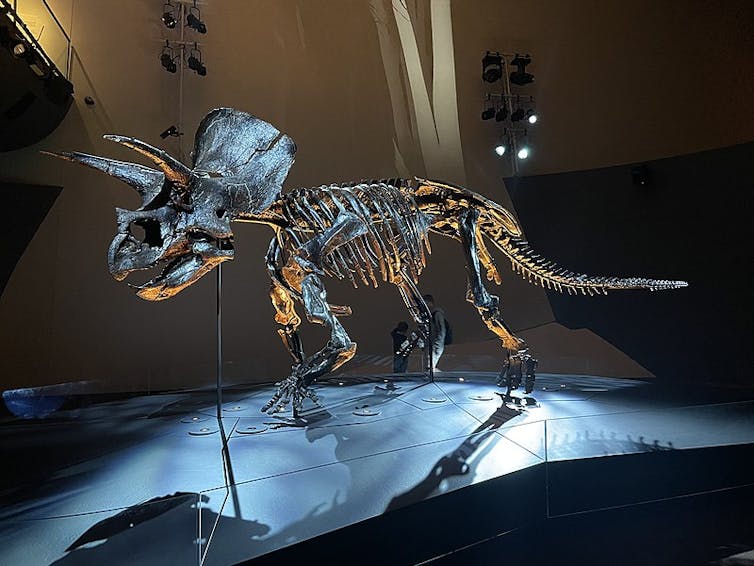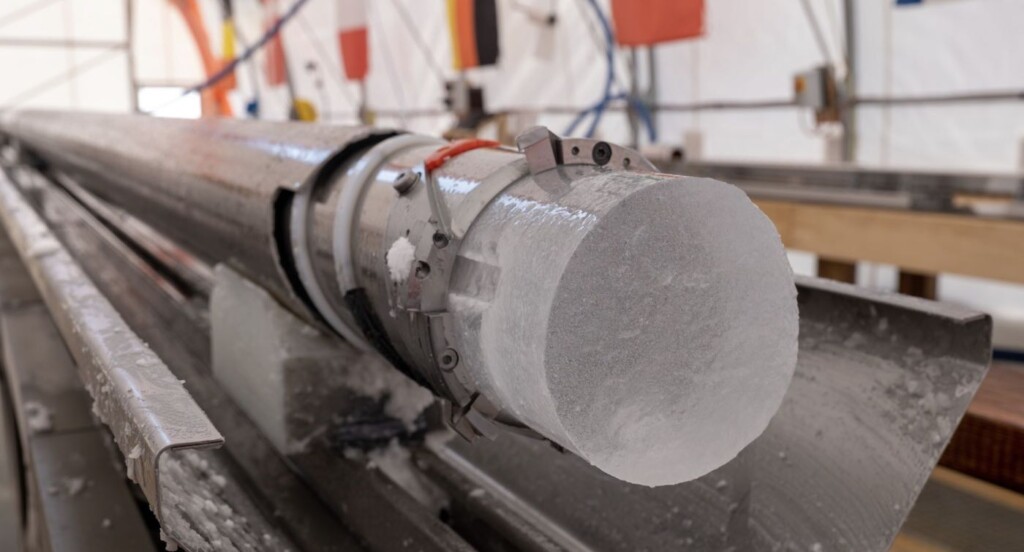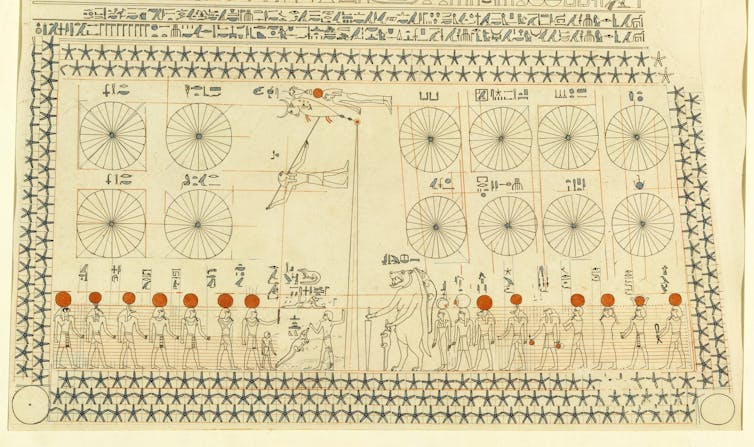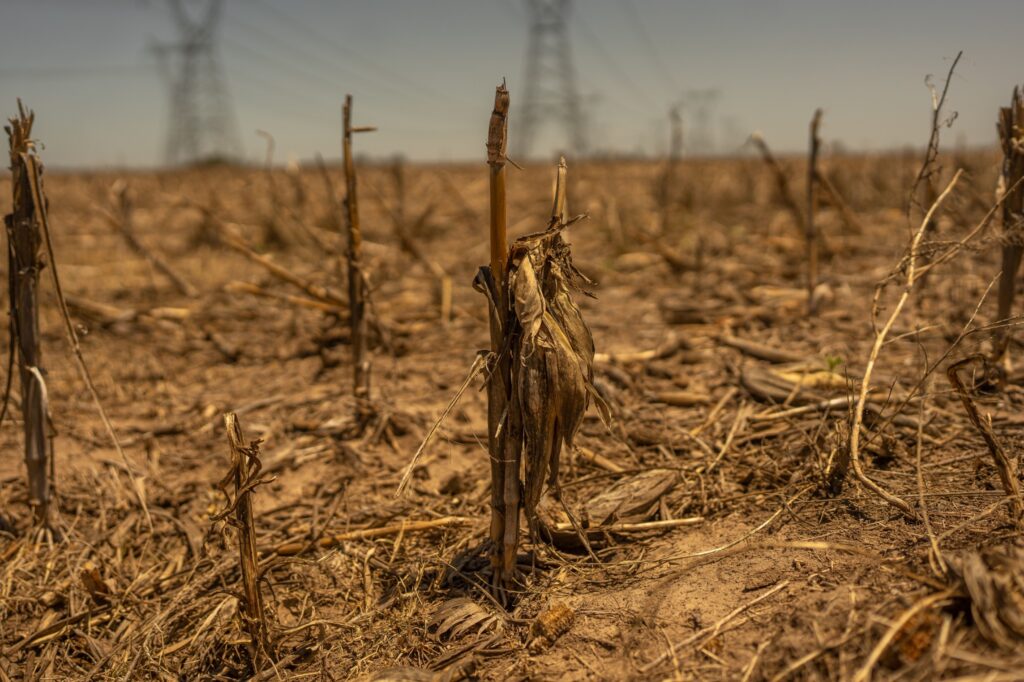
Nic Rawlence, University of OtagoWhat actually was the biggest dinosaur?
– Zavier, 14, Tauranga, New Zealand.
Great question Zavier, and one that palaeontologists (scientists who study fossil animals and plants) are interested in all around the world.
And let’s face it, kids of all ages (and I include adults here) are fascinated by dinosaurs that break records for the biggest, the longest, the scariest or the fastest. It’s why, to this day, one of most famous dinosaurs is still Tyranosaurus rex, the tyrant king.
These record-breaking dinosaurs are part of the reason why the Jurassic Park movie franchise has been so successful. Just think of the scene where Dr Alan Grant (played by New Zealand actor Sam Neill) is stunned by the giant sauropod dinosaur rearing up to reach the highest leaves in the tree with its long neck.
But how do scientists work out how big and heavy a dinosaur was? And what were the biggest dinosaurs that ever lived?
Calculating dinosaur size
In an ideal world, calculating how big a dinosaur was would be easy – with a nearly complete skeleton. Standing next to the remarkable Triceratops skeleton on permanent display at Melbourne Museum makes you realise how gigantic and formidable these creatures were.
By measuring bone proportions (such as length, width or circumference)...












